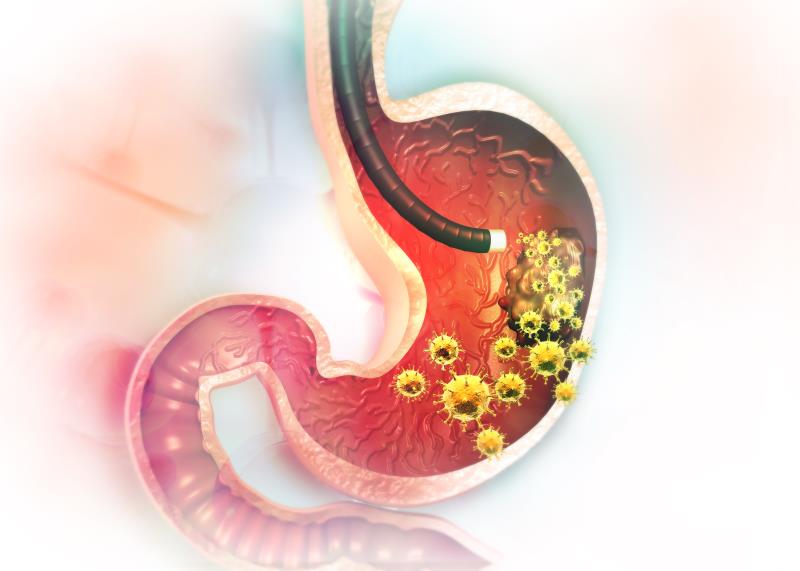
Gastric remnant cancer (GRC) appears to be more common in Europe and America than in Asia, reports a recent meta-analysis.
Accessing the databases of PubMed, Embase and CENTRAL, researchers retrieved 20 studies eligible for inclusion, yielding a final cumulative sample size of 74,952 patients. The pooled prevalence of GRC was calculated to be 2.6 percent, which remained true even after excluding the two studies with extreme prevalence rates.
Subgroup analysis showed that GRC was more common among Europeans (5.8 percent) and Americans (5.6 percent) than in Japanese (2.3 percent) and Chinese (1.6 percent) populations. Follow-up duration after primary cancer also revealed important differences. GRC was more common in studies with longer follow-ups (20–40 vs <20 years: 2.2 percent vs 1.7 percent). Males were also more likely to develop GRC regardless of the primary disease.
Subsequently, researchers then grouped patients with available data according to their corresponding primary gastric disease: benign (n=253) or malignant (n=452). Notably, patients in the former group had worse outcomes. Five-year survival rates for those with benign primary diseases ranged from 19.4 percent to 49 percent, while survival in those with malignant primary diseases fell between 30.6 percent and 59.3 percent.
“Gastric remnant cancer is not a very rare clinical problem, especially for European and American patients,” the researchers said. Active treatment and better monitoring may help improve disease outlook and survival rates.
“However, more samples and researches are needed to better understand the characteristic of GRC,” they added.